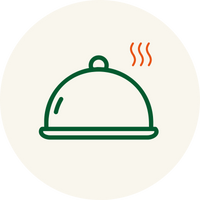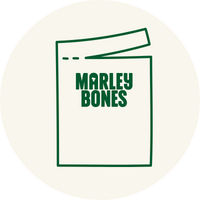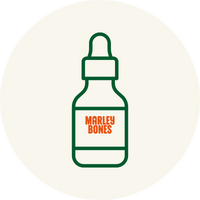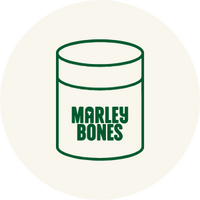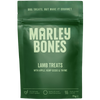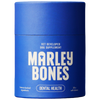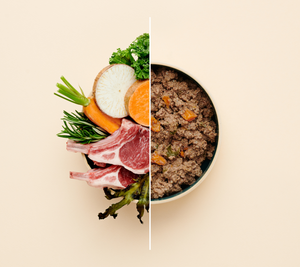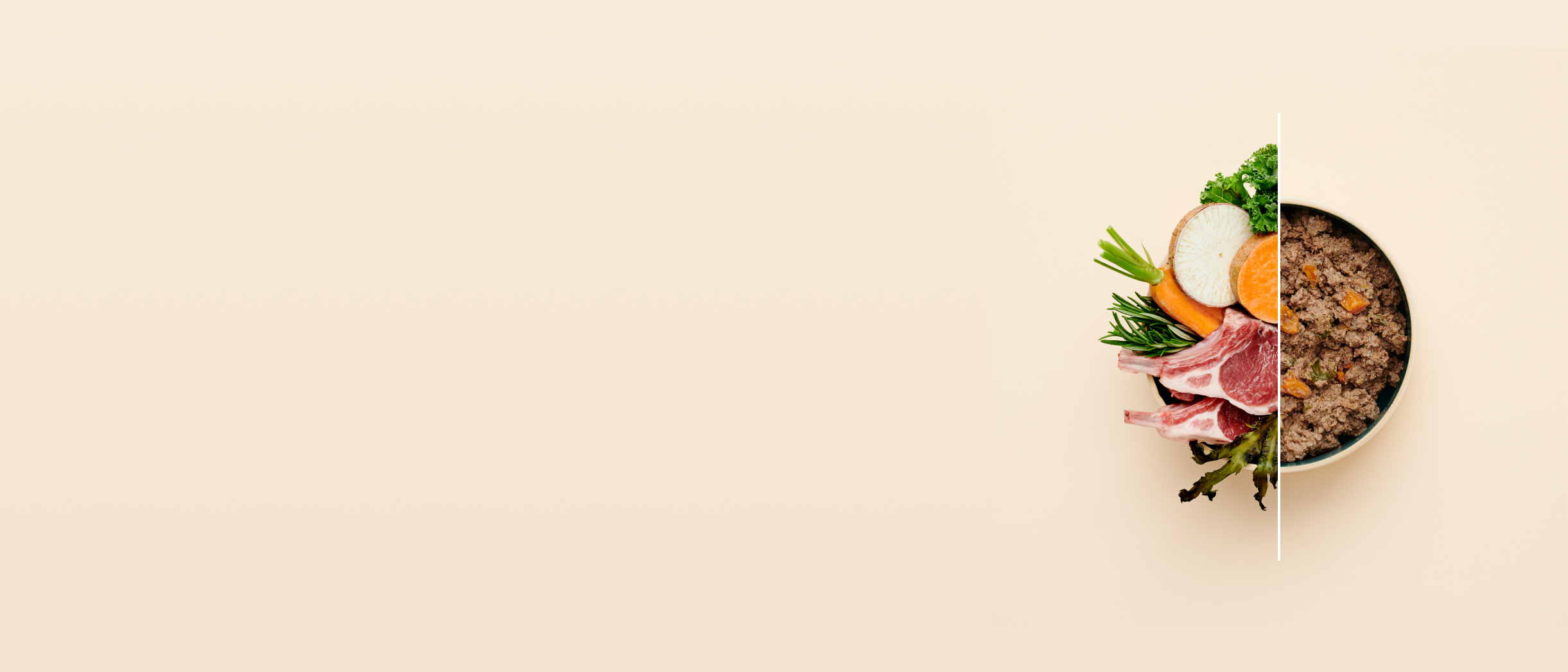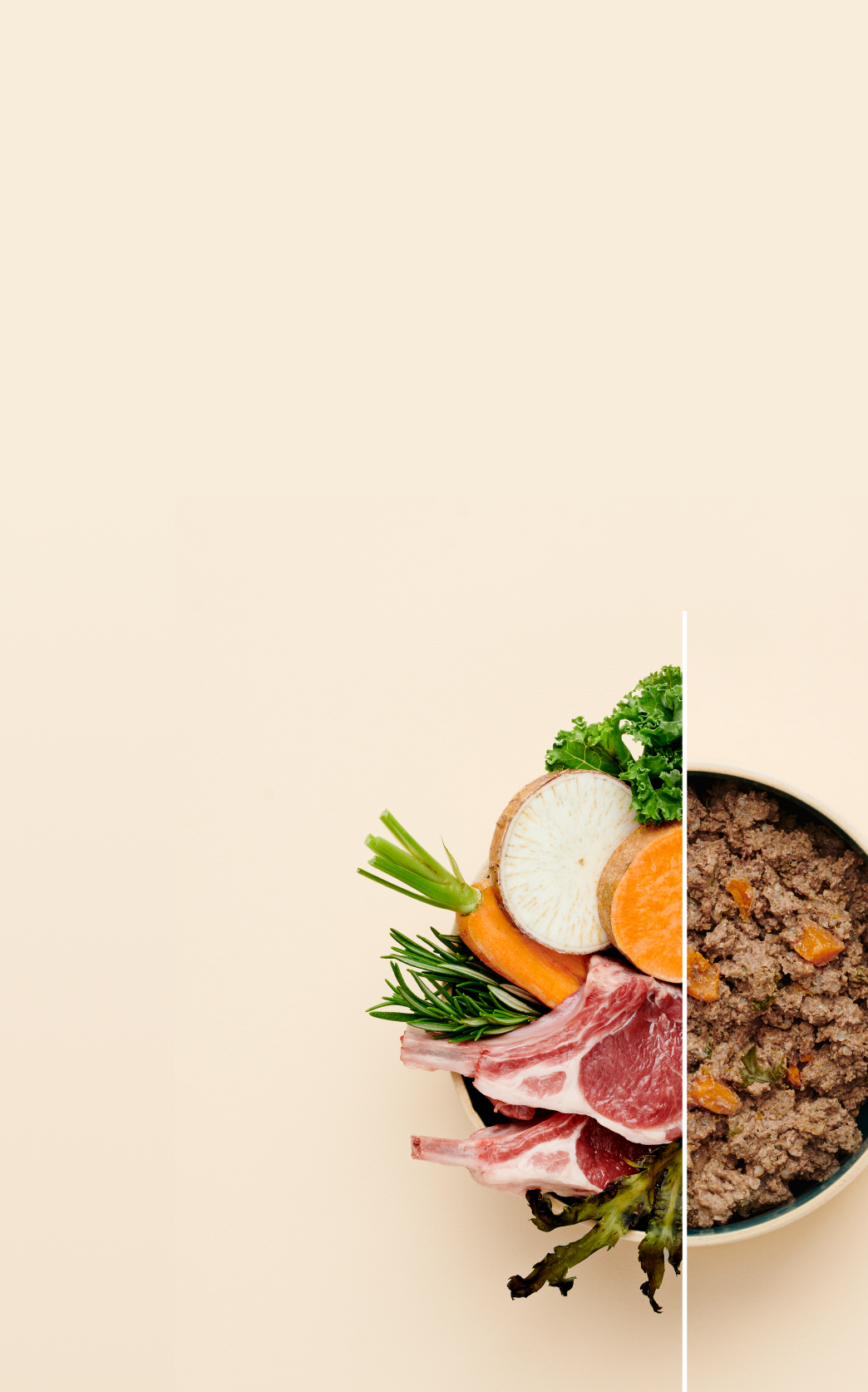Can Dogs Eat Chicken Bones? What Every Owner Needs to Know
Dogs love to chew — and for many owners, tossing a leftover chicken bone to a happy pup might seem harmless, even natural. But when it comes to chicken bones, things are more complicated. While bones can offer some enrichment and nutritional value, they also come with serious health risks, especially when cooked.
So, can dogs eat chicken bones? Not safely. And if you do choose to give your dog a raw chicken bone, there are important precautions you need to take. Here’s everything you need to know to make the safest decision for your pet.
The Risks of Feeding Chicken Bones to Dogs
The biggest danger with chicken bones lies in how they behave once chewed. Cooked chicken bones — such as those from roast dinners or leftovers — become brittle and splinter easily, creating sharp fragments that can:
- Cause choking
- Tear the mouth or oesophagus
- Puncture or obstruct the intestines
Even raw chicken bones, while slightly more flexible, still carry risk — including bacterial contamination and potential injury from aggressive chewing.
Each dog is different, and factors like chewing habits, health history, and bone size play a big role in determining the level of danger.

Raw Vs Cooked Chicken Bones
Cooked bones are never safe. When heated, they lose moisture, become fragile, and splinter under pressure. Dogs who swallow these shards can suffer painful and potentially life-threatening injuries.
Raw bones are often seen as a safer option — they tend to be softer and less likely to splinter. But that doesn’t make them risk-free. Raw bones can still:
- Cause choking or blockages
- Break into dangerous fragments with enough pressure
- Carry harmful bacteria like Salmonella
If you do offer raw bones, they must be fresh, appropriately sized, and your dog must be closely supervised at all times.
Bone Size Matters
Size is critical when offering any chew. A bone that’s too small can be swallowed whole, increasing the risk of choking or digestive obstruction. Large bones are safer but can still splinter or be bitten into smaller, hazardous pieces.
Choose bones that are larger than your dog’s mouth, and be cautious with powerful chewers who tend to break bones into sharp chunks. If your dog tends to gulp or doesn’t chew thoroughly, it’s best to avoid bones altogether.
What To Do If Your Dog Eats a Chicken Bone
If your dog has eaten a cooked chicken bone, don’t panic — but act quickly.
- Assess the situation: Try to determine how much they ate and whether it was swallowed whole or chewed.
- Watch closely: Over the next 24–48 hours, monitor for symptoms such as vomiting, lethargy, bloating, constipation, bloody stool, or signs of pain.
- Call your vet: Even if your dog seems fine, it's best to contact your vet for tailored advice — especially if they swallowed a cooked bone or are showing any unusual symptoms.
- Avoid home remedies: Do not induce vomiting or give food unless advised by your vet.
Early intervention can make all the difference in preventing serious complications.
Safety Tips for Giving Bones to Dogs
If you still want to give your dog raw chicken bones (or any bones), follow these essential precautions:
- Never give cooked bones of any kind
- Choose large, raw bones suited to your dog’s size
- Source from trusted, fresh suppliers to reduce bacterial risk
- Always supervise your dog while chewing
- Discard leftover bone pieces after the session to prevent spoilage or injury
Ultimately, there is no completely safe way to feed chicken bones — and many vets advise against it entirely.

Safer Chewing Alternatives
While dogs may enjoy chicken bones, the stress it causes owners is rarely worth it. The constant supervision, the worry about splintering or choking, and the emergency vet visits if something goes wrong — none of it feels like a relaxing treat experience.
Fortunately, there are plenty of safer, enriching alternatives that still satisfy your dog’s natural urge to chew.
Safer Chews That Still Satisfying
Rubber and nylon chew toys like KONGs and Nylabones are designed for durability and safety. You can even stuff KONG toys with a mix of textures to create variety and mental stimulation during chew sessions.
Edible chews are another great option. Products like bully sticks, fish skins, and natural dental chews provide a satisfying chew and help promote dental hygiene.
You can also use healthy whole foods like:
- Frozen carrot sticks (cooling and satisfying)
- Sweet potato chews
- Uncooked beef tendons (supervised only)
As always, introduce new chews slowly and supervise your dog to make sure they’re chewing safely.
The Final Woof
So, can dogs eat chicken bones? Technically, yes — but they absolutely shouldn’t, especially if the bones are cooked. The risks of choking, splintering, and internal injury are just too high.
If you want to offer your dog something to chew, there are safer, vet-approved options that don’t carry the same dangers. Whether it’s a high-quality chew toy, a natural dental chew, or a trusted product like Marleybones Dental Chews.
Keeping your dog safe doesn’t mean taking away all the fun. It just means choosing smarter, safer ways to let them chew.

